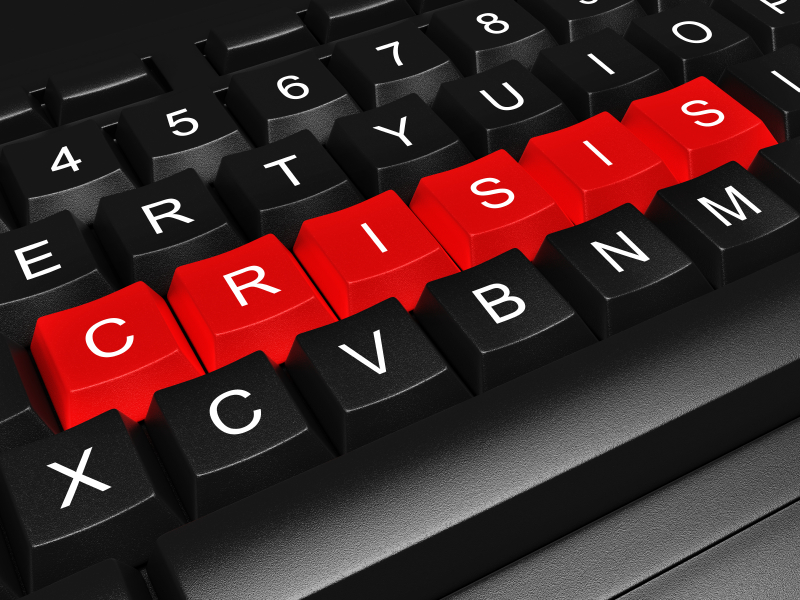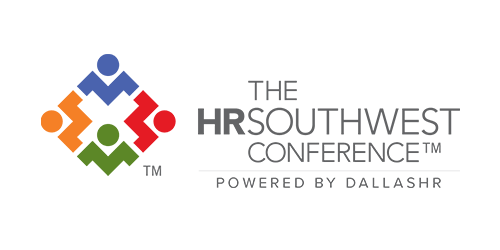
HR Strategy: Smart Management in Crisis Mode
The COVID-19 emergency is uncovering gaps in emergency management and crisis preparedness across business, government and personal life. Many organizations’ HR functions have had to shift into crisis mode during this time. What is crisis mode and how can HR take a leadership role in preparing for future crises?
Internally, crisis mode can take many forms. With regard to COVID-19, these can include handling a sudden transition to a remote work environment; dealing with the risk of exposure to employees from even a single positive test for COVID-19; and adjusting business hours or operations to meet commitments while preserving safety and more.

Being effective in crisis mode requires planning and preparation. Of course, it’s impossible to be prepared for every possibility; many of us weren’t anticipating that a newly emerging virus could cause such chaos in the first two quarters of 2020. Effective crisis preparation is built on creating solid crisis plans and equipping employees with the knowledge they need to make serious and sound decisions to steer their organizations through the situation.
For HR in particular, crisis planning must factor in the health, safety and welfare of employees. As strategic partners, HR leaders should collaborate with other senior leaders to ensure a company’s human capital is part of its crisis and business continuity plans. Here are five key steps to being strategic in HR crisis planning and management.
#1: Develop your plan
The first step is to develop a plan, so your organization and its people are prepared. Proper planning identifies the types of emergencies a company may face. These can include on-site incidents (from internal or external threats), supply chain disruptions, catastrophic weather events and more. This step informs an emergency response plan, which should include procedures for evacuation, shelter and lockdown.
Planning then moves to the preparation of a crisis communications plan, which lays out how to communicate with employees, stakeholders, customers and any external media.
Then, leaders must conduct a needs assessment to determine what resources and strategies would be needed in a crisis so the business can continue operations. This is called a business continuity plan and it should ideally include steps for the recovery of computer hardware, connectivity and data.
#2: Assemble your crisis team
Putting a crisis management team in place ensures the right people are in the right positions to execute the plan. This team should be cross-functional and include department heads, line managers and members of the HR team. A typical crisis team structure includes a team leader who oversees the plan and its decisions, an HR lead who focuses on the human issues emerging under the crisis, a finance director who handles funds during the crisis and a lawyer who advises on legal counsel. A member of the leadership team or communications department can act as a media contact to convey relevant and vetted information externally.
#3: Communicate information effectively
Most crises will involve heavy participation in communication, whether they’re internal (like a data breach) or external (like the COVID-19 emergency). Information must be prepared and communicated effectively. In addition to designating a specific media contact, the crisis management team can plan to open several channels of communication for internal and external audiences. These can include a special area on the company homepage and/or company intranet, a phone hotline for customers or employees, and regular email updates. HR leaders should consider what information is especially relevant to or from their department and how to best communicate it, perhaps from a specific section of their HR help center or via internal email channels.
#4: Conduct proper training
The best crisis plan is only as effective as the people who carry it out. Training is therefore key to ensuring everyone knows what to do in a crisis situation. Members of the crisis team should know what their responsibilities are during a crisis and should have access to the emergency, communications and business continuity plans from anywhere, 24/7/365.
#5: Plan for recovery
All crises take their toll. After the crisis has passed, HR must focus on the needs of employees. They may be stressed or demoralized. If there has been injury, illness or death, remaining employees may need assistance to get back on their feet to contend with rebuilding.

HR can play a strategic role in crisis management before, during and after an emergency. Is your organization handling the current disruption well or seeing opportunities to improve?
DallasHR is the third largest SHRM affiliate chapter in the nation. With more than 2,300 engaged HR professionals, the Chapter has been Advancing the Value of HR since 1939 through cutting-edge education, fun networking events and opportunities to share best practices with others in the field of HR. The Chapter powers The HRSouthwest Conference, one of the largest regional HR events in the U.S. hosting more than 2,400 attendees in Fort Worth annually. DallasHR events are held in both Dallas and Collin Counties. Visit us at dallashr.org to join or hrsouthwest.com to register and follow us at #DALLASHR, #HRSWC.





